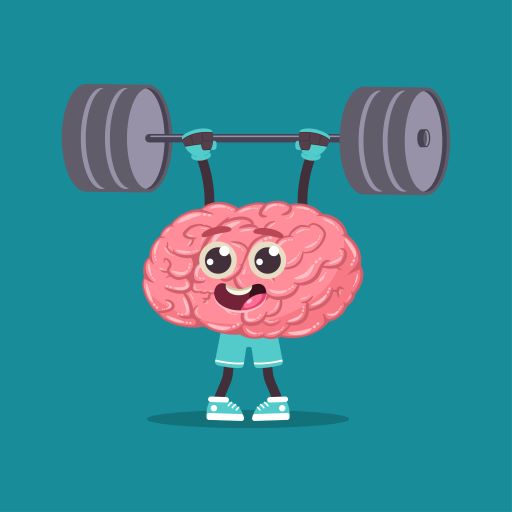Sometimes learning new vocabulary words can be stressful for children. Every year the child is expected to progress in the language, and one of the key ways to do that is to master new vocabulary words.

Usually, when we think of academic vocabulary, it is assumed that the words cannot be used in regular conversations. However, in the elementary years, they can be very easily be integrated into daily conversation.
Several websites give you the vocabulary words that your child should be familiar with within a particular grade. You could ask the teacher to provide you with that information too. The more the new word is used in context, the more the child is comfortable with the word, and then it can be transferred to the academic setting when being tested.
So here is a simple strategy to help your child master new words and be comfortable using them.
First, look at the list of words that your child has to know for class. Pick a few first that you can easily integrate into your conversation. Understand how the word is being used in class and the meaning. Now, start using it whenever you talk to the child.
Here is an example. The word opinion is used quite often in all the writing prompts used in class. This is more so in grades 2-5. Students are tested, where they are supposed to express their opinion on a given topic and back it up.
To help the child be comfortable with the word, start integrating it into your conversation. You could say something to this effect: “Jane, in your opinion, and when I say your opinion, I mean what do you think or feel, we should do this evening?”

What you are doing is beside using the word, you are also giving the meaning of the word in the same sentence or discussion.
Give the meaning along with the word a few times in the same sentence. Do this until your child feels comfortable and understands what the word means. After that, you could just use the word itself. Go one step further and encourage the child to use the word in their conversation. This way, when the word comes up in an academic setting, the child transfers their understanding of the word.
If one looks at the elementary curriculum, it can be seen that at least 90% of the words can be easily integrated into everyday conversation.




